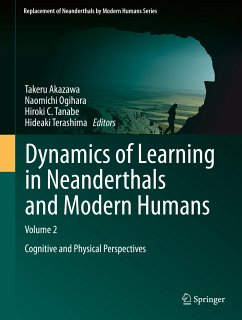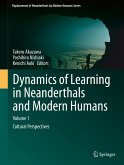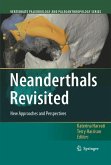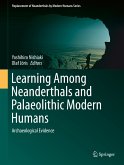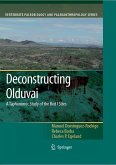This volume is the second of two volumes of proceedings from the International Conference on the Replacement of Neanderthals by Modern Humans, which took place in Tokyo in November 2012. This second volume reports, in four major sections, findings by cultural anthropologists, physical anthropologists, engineering scientists and neurophysiologists, integrated in multidisciplinary fashion to solidify the overall understanding of the mechanics of replacement from cognitive and physical perspectives. Part 1 provides examinations of replacement related questions from various perspectives in cognition and psychology. Part 2, consisting of studies rooted in body science and genetics, provides detailed findings which fill in the broader frame of the replacement phenomenon. Part 3 presents a collection of papers whose findings about fossil crania and brain morphology shed direct light on immediate questions regarding replacement. Part 4 provides illuminations similar to those in part 3, but arising from the analytical empowerment afforded by neuroscience. The collection of 26 papers in this volume makes available to readers both broad and narrow insights on the mechanisms of the replacement/assimilation of Neanderthals by modern humans and at the same time provides a model of new-paradigm multidisciplinary collaboration on a complex problem.
Dieser Download kann aus rechtlichen Gründen nur mit Rechnungsadresse in A, B, BG, CY, CZ, D, DK, EW, E, FIN, F, GR, HR, H, IRL, I, LT, L, LR, M, NL, PL, P, R, S, SLO, SK ausgeliefert werden.
Hinweis: Dieser Artikel kann nur an eine deutsche Lieferadresse ausgeliefert werden.

